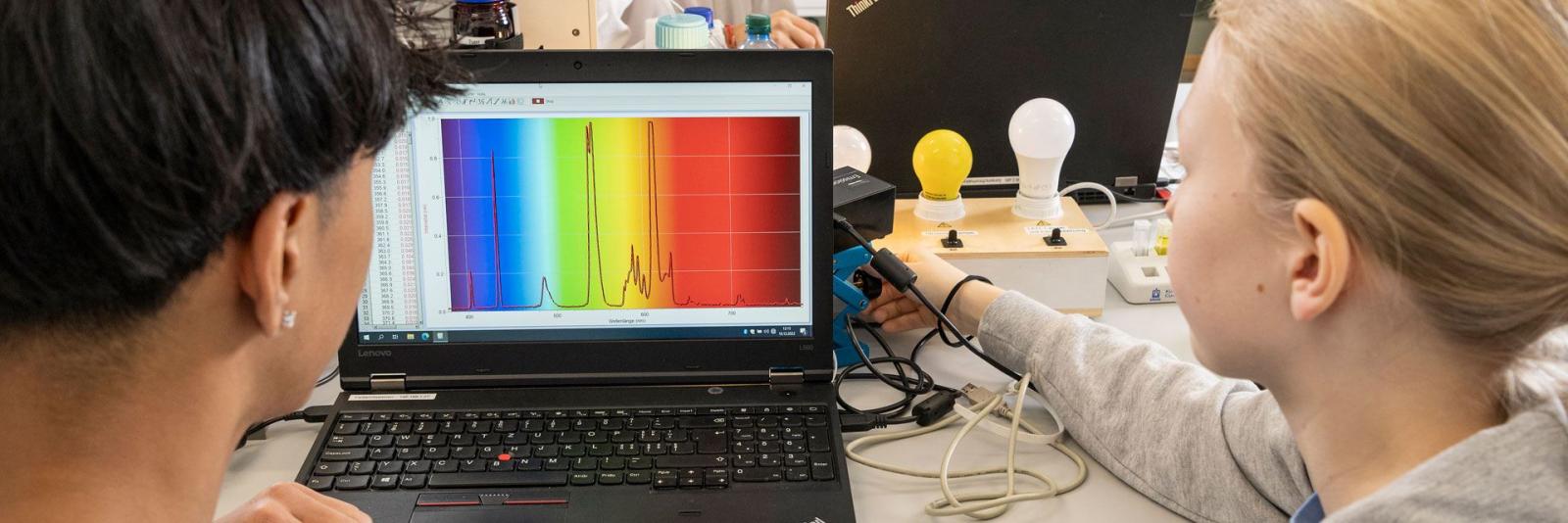Anderson, R.D. (2002). Reforming science teaching: What research says about inquiry. JSTE (Journal of Science Teacher Education), 13(1), 1-12.
Hofstein, A., Mamlok-Naaman, R. (2007). The laboratory in science education: The state of the art. Chemistry Education. Research and Practice, 8(2), 105-107.
Hofstein, A., Lunetta, V.N. (2004). The laboratory in science education: Foundation for the 21st century. Science Education, 88, 28-54.
Kipnis, M., Hofstein, A. (2007). Inquiring the inquiry laboratory in high school. In: Pinto, R., Couso, D. (Eds.). Contributions from science education research. Dordrecht: Springer Netherlands.
Lazarowitz, R., Tamir, P. (1994). Research on using laboratory instruction in science. In: Gabel, D.L. (Ed.), Handbook of research on science teaching and learning, pp. 94-130. New York, NY: Macmillan.
Marzano, R.J., Pickering, D.J., Ploock, J.E. (2005). Classroom instruction that works. Research-based strategies for increasing student achievement. Upper Saddle River, NJ: Pearson Education.
NRC (National Research Council) (2000). Inquiry and the National Science Education Standards: A Guide for Teaching and Learning. Washington, D.C.: National Academies Press.
Geiger, P. (2007). Guided inquiry laboratory. NC (North Carolina) State University, Raleigh NC. http://wikis.lib.ncsu.edu/index.php/Guided_Inquiry_Laboratory (27.03.2009).
Hardy, I., Jonen, A., Möller, K., Stern, E. (2006). Effects of instructional support within constructivist learning environments for elementary students" understanding of "floating and sinking . Journal of Educational Psychology, 98(2), 307-326.
